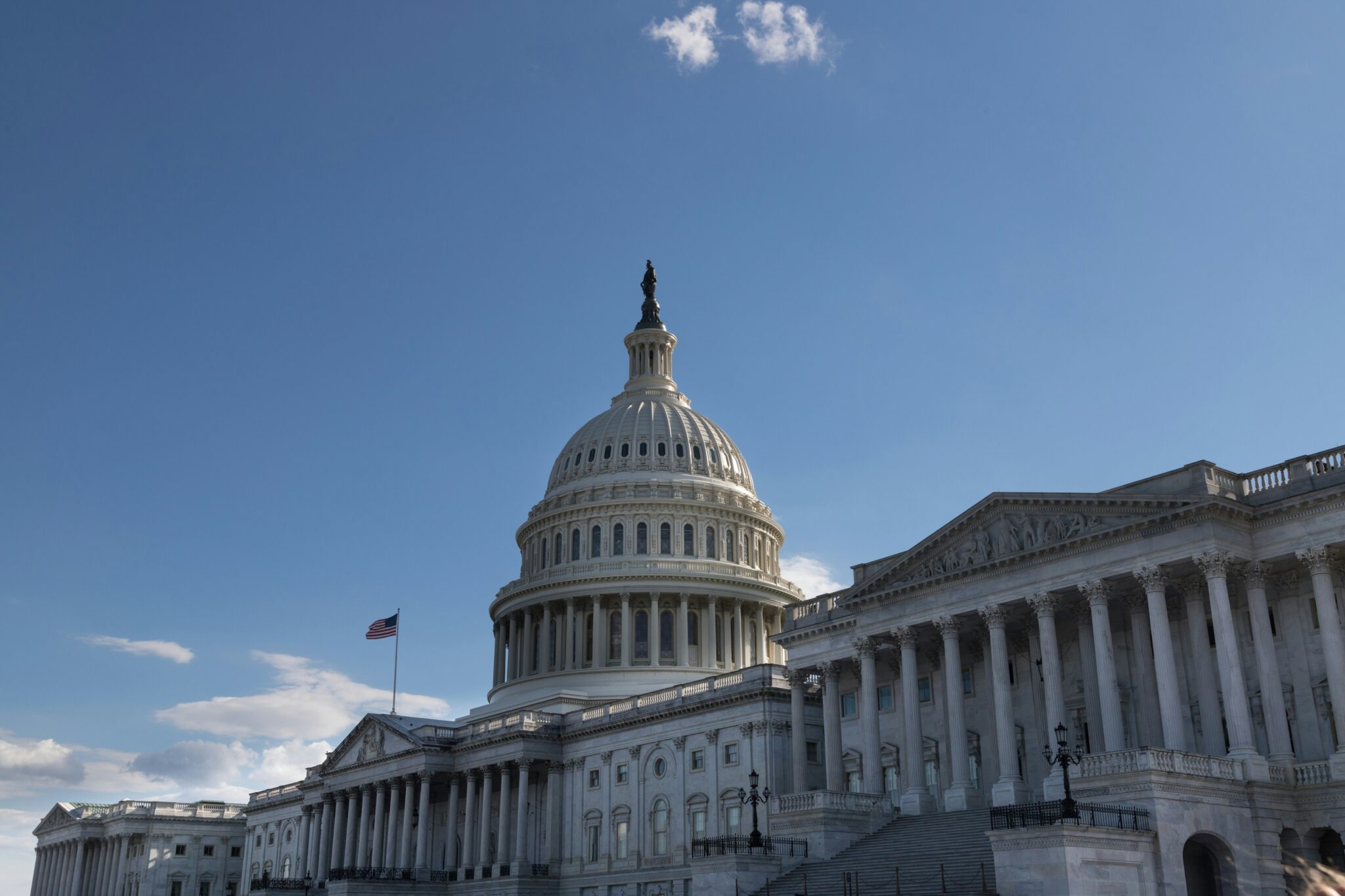This week the Government Accountability Office (GAO) released the must-read Long-Term Fiscal Outlook Fall 2009, and it’s a tear-jerker for budget wonks. Not surprisingly, the GAO finds the budget situation pretty dire. In one scenario, 92 cents of every dollar of federal revenue will be spent on entitlement programs, like Social Security and Medicare, by 2019. This raises the stakes for Congress and the administration to pass a health care reform bill that doesn’t blow an even bigger hole in the budget.
Also this week, the Senate Finance Committee passed its widely anticipated health care reform bill. This was on the heels of a Congressional Budget Office (CBO) score of the proposal which found the $829 billion bill will reduce the budget deficit by $81 billion over the next ten years. But as the saying goes, figures lie and liars figure – the bill has gimmicks that could undercut any predicted savings. As evidenced by the GAO report, taxpayers cannot afford that.
Some of the biggest uncertainties surround things on which Congress already has a bad track record: payments to Medicare providers and cost containment mechanisms. For years, Congress has delayed mandated cuts to providers when the program grows at a rate faster than the economy as a whole (basically every year). If the postponed readjustments were allowed to occur now, payments to providers would have to be cut more than 20 percent in 2010 and 5.5 percent from 2011-2014. The annual delays work for lawmakers because the budget assumes the cuts or “savings” in future years, making the outlook appear rosier, or at least a little less bleak. But in an annual rite, Congress acts to ensure that payments to doctors aren’t cut, which adds to the deficit. Now, Congress is considering a permanent fix to the tune of $245 billion – that would not be offset and is considered outside the scope of health care reform.
This annual budget kabuki dance is a sham, so we’re not sad that Congress is finally dealing with reality. By the same token, a permanent fix should be part of any health care reform. Yet the Senate Finance bill and the House budget pretend that this quarter of a trillion dollar cost doesn’t even exist. It’s like saying the calories don’t count if you eat standing up.
There are other potentially worrisome fiscal provisions in the Finance bill. The bill establishes a Medicare Commission that steps in if spending per beneficiary exceeds inflation. The commission will recommend changes to cut the growth of spending unless Congress specifically acts to stop it. Hmmm, Congress stepping in to prevent unpopular cuts – sounds familiar.
There are revenue raising provisions – such as an excise tax on high-premium insurance plans – and other savings such as setting Medicare Advantage payment rates on average bid by market, but it remains to be seen if these survive in the final product. Trying to address concerns that the savings won’t materialize, the bill contains a “failsafe” mechanism that mandates subsidy cuts if the Director of the Office of Management and Budget (OMB) finds that the legislation will increase the deficit in the following year. But as CBO points out, while over a ten year period the bill is supposed to reap savings, deficits are predicted between 2015 and 2018. And we’ve already seen how Congress treats mandated cuts – it ignores them.
Considering that Medicare is a major driver of the fiscal hole detailed in the GAO report, there is little room for error or feel-good gimmicks that allow lawmakers to claim fiscal responsibility while defying reality. Just about everybody in Washington thinks there should be health care reform. We think whatever takes shape, it has to be done responsibly and honestly. Otherwise we are consigning our budgets to intensive care for decades.










